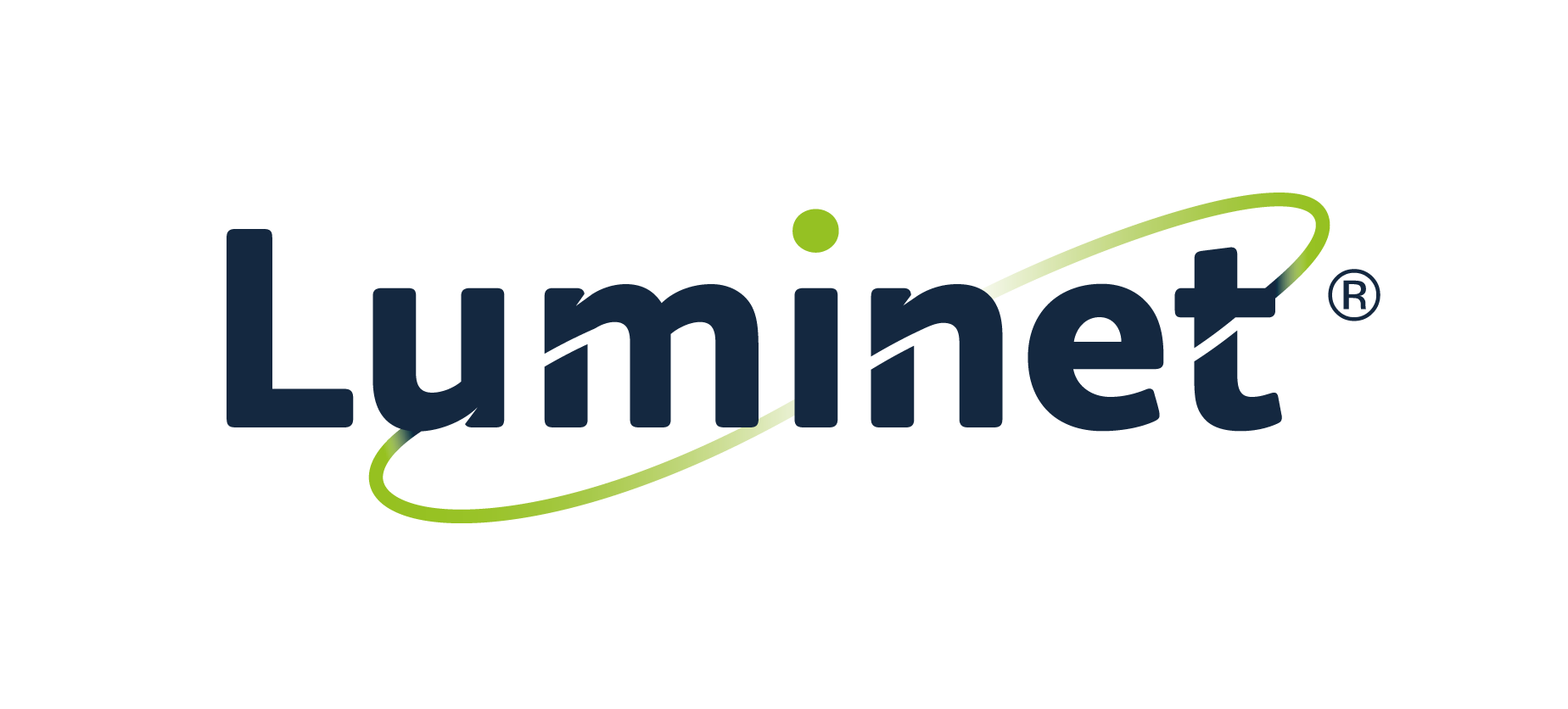What Is the Difference Between Types of Broadband?
What Is the Difference Between Types of Broadband?
Luminet is a Business Internet Provider delivering superfast commercial internet broadband connections through fibre leased lines and their unique Luminet Wireless service. But, did you know that there are a multitude of different types of broadband connections available for residential properties too? Knowing the differences between the vast array of different broadband services can help you understand what would be best for your budget, your location and your specific needs, whether you’re looking for consumer or commercial internet.
Wireless
This is something Luminet specialises in as a business internet provider and you can read more about around the site but let’s explore it briefly here:
Wireless broadband can either be mobile or fixed and is used to describe the process of connecting a home or business to the internet through a radio link. Those wishing to install wireless internet will require an external antenna and it can be implemented anywhere, but is ideal in remote areas where satellite, DSL, or cable would be costly.
When tinkering with your wireless broadband at home, you may have noticed the term WLAN (Wireless Local Area Network). These networks provide wireless broadband over short distances, or provide an extra reach within a business, home, or school. Wireless can be used privately at home or in businesses but when you connect to the commercial internet in a hotel, airport, or coffee shop, this is a public internet access ‘hotspot’ provided by a wireless broadband service.
Fixed wireless broadband means the user must remain stationary and, by this, we mean in the same vicinity that the wireless connectivity will reach. Have you noticed there are some areas in your house that your wireless internet won’t reach? This is because you are out of range. If you have a direct line-of-sight between the wireless transmitter and your device the broadband connectivity will be stronger.
Mobile
Mobile phones, USB wireless modems, tablets and other mobile devices all rely on internet access through a portable modem and this is referred to as mobile broadband. This variation of broadband is delivered through the mobile phone network and is a form of wireless internet connectivity.
In 1991 the first wireless internet became available through second generation mobile phones and was called 2G. Today, most of us have access to 3G and 4G connections which offer broadband speeds comparable with fixed-line services. 4G is widely available and can allow not only mobile web access but high-definition mobile TV, video conferencing, 3D television, IP telephony, and a variety of high-tech gaming services.
Satellite
Some of the satellites orbiting the globe provide necessary links for television and telephone services and this is how satellite broadband works. It is a type of wireless broadband connectivity that currently delivers around 15 to 20 Mbps. However, future satellites could produce speeds of up to 50 Mbps.
There are two variations of satellite broadband connections. One-way satellite services download information via satellite and upload via a telephone or IDSN line. Two-way satellite services download and upload from the satellite and this provides users with higher bandwidth and faster speeds.
Satellite broadband is a fantastic solution for those who live in sparsely populated or remote areas as there is no need for lines or cables. The satellite in orbit communicates with a computer via a satellite dish attached to the person’s home or business.
Despite the benefits of satellite broadband, the service is not always ideal. Often the transmission can be affected by extreme weather conditions and, due to high latency compared to other broadband services, it is not great for those who play games online. Furthermore, it can be an expensive broadband service to install.
Fibre
Fibre broadband is used to describe the method of transmitting data from one place to another by sending pulses of light through an optical fibre. The technology implemented converts electric signals carrying information into light. This light then passes through transparent glass pipes (fibre optic cables) which are the diameter of a human hair. Fibre optic broadband is considered as the evolution of ADSL broadband, which works by delivering information over the telephone network. Fibre broadband connections transmit data quicker than ADSL broadband or cable modems.
Many of us have fibre broadband installed in our homes, but most providers in the UK do not offer it nationally yet. However, most have released plans to expand their fibre networks so that everybody can benefit from the fast speeds. The main two fibre broadband methods in homes and businesses are FTTC (fibre to the cabinet) and FTTH (fibre to the home). At the moment, providers offer speeding between 40 and 100 Mbps. However, the actual speed can be affected by how close your home or business is physically to the fibre and the amount of bandwidth used. If you are using fibre broadband, you can also implement VoIP and video services so if this is something you need this would be a great topic to bring up to your business’ internet provider.
DSL
There are two types of Digital Subscriber Line; ADSL and SDSL. DSL, in general, is a wireless technology that transmits data over copper telephone lines that are already installed in homes and businesses. DSL broadband provides fast transmission speeds from hundreds of Kbps to million per second (Mbps). DSL speeds and availability depends on how close your home or business is to a telephone company facility.
- ADSL is short for Asymmetrical Digital Subscriber line. This is used in most households and provides faster download speeds than upload speeds, ideal for those who do not send a lot of data. Unlike dial-up broadband in the past, ADSL allows users to use the telephone and the internet at the same time.
- SDSL, often referred to as Symmetrical Digital Subscriber Line broadband, is the business equivalent to ADSL. It offers higher bandwidth and the ability to upload and download data equally.
- HDSL and VDSL are super-fast forms of DSL often used by businesses.
Local Loop Unbundling
Cable Modem
Cable modem broadband services utilise the coaxial cables that deliver sound and picture to televisions. The majority of cable modems are external devices with two connections – one plugged in to the cable wall outlet, and one plugged in to the computer. They provide speeds upwards of 1.5 Mbps, comparable to DSL. However, speeds will be affected by traffic load, cable network, and type of cable modem.
Users do not have to dial-up an ISP; simply turning on a computer will give access to the cable modem broadband service. Using the internet whilst the television is on will not affect picture or sound quality.
BPL
Broadband over power lines (BPL) is a service that uses the existing cables of low and medium voltage electric power distribution networks. BPL speeds fall into the same bracket as cable modem and DSL broadband and is easily provided to residential and commercial properties using the electrical connections already in place. BPL is a newer technology that is not currently widely available. Advancements are being made as the service has incredible potential as there is virtually nowhere that power lines are not present. This will decrease costs and reduce the need to build and install new facilities for customers.








